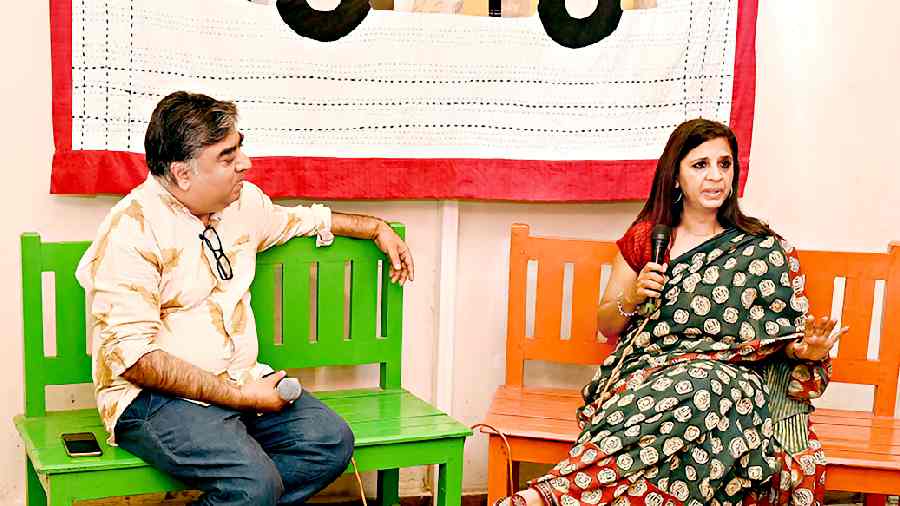Byloom’s new initiative Spinning Yarns, a series of talks and exhibitions to celebrate India’s 75th year of Independence, is an education and awareness event about people working with various Indian crafts and design techniques while providing them with a platform to talk about their journeys and showcase their work. After initiating dialogues and conversations on ikat and shibori for its first and second chapters, respectively, its third chapter, hosted last month, was about blockprinting. Byloom presents Bindaas Unlimited saw Meeta Mastani, the founder of the iconic hand-printing studio, in conversation with Byloom’s Bappaditya Biswas about her journey with hand-printing and textiles.
A 30-year journey in handprinting and textiles, Mastani’s desire to work with natural dye took her to a village in Jaipur to work with the village community to create textiles amalgamating hand-print and natural dye. “Initially, my ex-partner and I worked together with natural dyes, and we did a whole range of natural dyes. We designed the prints and brainstormed all the designs together. It is a village not very well known and it was known for bagru export. The villagers there were treated really badly. They would debit them for more than they would print and they would be left with meters and meters of one print and colour and they did not know where to sell. When my dear friend Indira and I went for the first time, our quantity was so small. I personally worked with Raghunath Prasad Nama, who is no more. He had the courage to share his knowledge with all of us. His community told him not to share with us because we would start our own factory. But he had the confidence. I am still working with them and it is their third generation,” said Meeta.
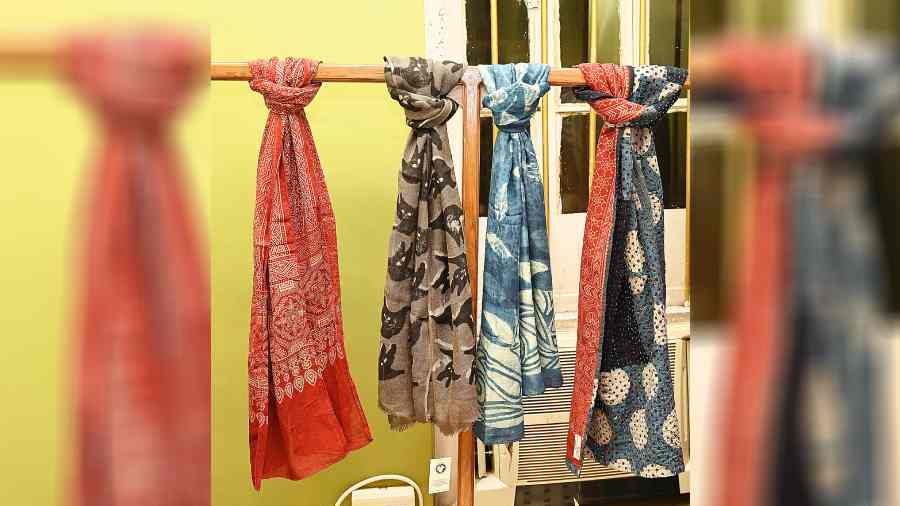
A colourful collection of zero-waste tagai scarves and silk and linen scarves printed in ajrakhtechnique.
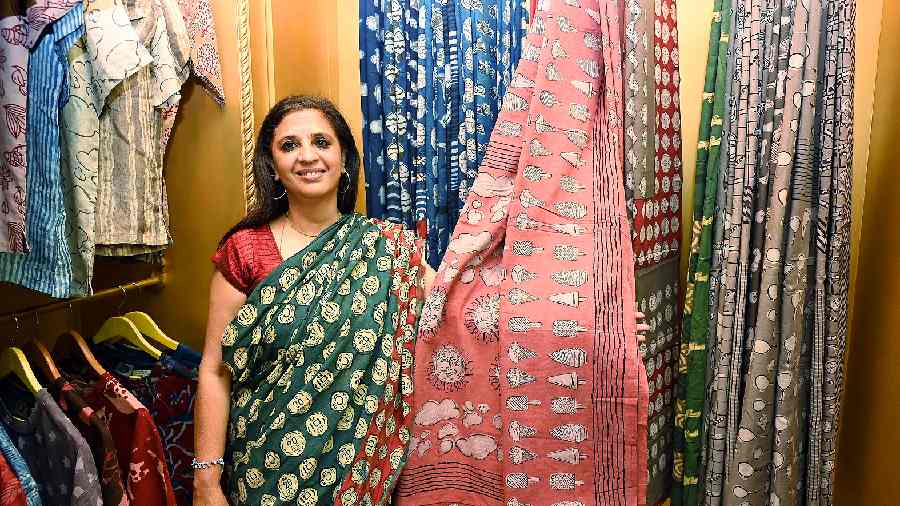
Byloom displayed Meeta Mastani’s saris, silk shirts, scarves, T-shirts, bags and fabrics. Made of cotton mul mul, the coinprinted sari was one of her highlights. We loved the ice cream print, too.

The popular Guru Dutt and Waheeda Rehman print.

An interesting display was the wooden block sharpeners, key chains and fridge magnets.
Her signature prints are quirky, cool and communicate culture and everydayness. Elucidating her contemporary prints, she said, “In the 1990s export rejects were available. It was largely Hello Kitty and Disney characters. As a culture, we did not have the cultural confidence to incorporate music. There was a conscious effort on our part to make it acceptable what we see around us so that it seems normal. Indian prints that are contemporary. My work has come as a collaboration of a lot of people. So many people put their trust and faith in us. But when I started there was nothing.” Asked about her popular Guru Dutt and Waheeda Rehman print, she said, “I work with a lot of designers. It was the design of one of our designers. We spoke together and did it. It is these things that have meaning for me. The culture. Not just of the past, but even now, we did this wine glasses and beer bottle print. I really enjoy the playful...everyday items we see around us. I am really sure that the tradition is very dynamic. There is nothing called a static tradition. It is dynamic, changes, moves and grows and that is what we are doing.”
With the progress of the conversation, Meeta took us through her journey of embracing a slow process and not aiming at brand building and instead working at empowering a community. Talking about community resistance, design intervention and giving back to the community, she shared the tale of developing the double dabu print with the community. “I don’t come from a design family. We developed this print called double dabu together. Traditionally, this is how it was printed. An outline and a design inside. We used the dabu, where the filler block wasn’t connected with the outline. There were circles and triangles. That double line came out of a mistake and to repair it what we did worked much better. That’s their design and I don’t do much about it. There’s a distinctly different design language. As a person working in textile, I had to have a signature. They had theirs and we had ours. It is something they can call their own,” she recounted.
Expanding on more ways of community empowerment, Meeta said, “Natural dye takes a lot of water than chemical dye. So recently we did a water project. There are 40 unit homes in that village. Not all printing homes but we also need a lot of lands to dry. The printers together in the village have a common village land where they grow crops. So, five-six printers hire that place together to dye and wash. There we have put up a water recharge plant facility and it saved over one million water over a year. And now we did a drinking water tank. It was done in collaboration with an American lady. Now their kids go to school. They are not first-generation learners but due to language, it is like firstgeneration. Teaching them at night was common for us. I haven’t worked as a traditional designer, it was always with them. It has only been for the last 10 years that I am selling under my name and I am working for 30 years. I make sure that the people I work with get high rates. We need recognition. Everybody is their own boss. Nobody is working for anyone there. Natural dye is something they would not do for everyone. It is because of the family relations we have developed. There is structure and hierarchy, but we worked our way out.”
While sharing her views on the corporatisation of such communities and online platforms associating with them, she asserted, “We see there is a lot of online sales now, there is a lot of craft sales and there are so many brands. I think there will be fewer and fewer people online to do it. It is not that they (the community) make big bucks. I think the production will reduce but people will opt for higher quality stuff. Especially post-Covid so many websites selling them. But I don’t think these ones will stay or last because they don’t pay them well. We all know it’s a hierarchy. I never thought about producing a lot. I know if I don’t come from a place of fear then I am so happy. There is a community and there is design. I started with very little money, but luckily all were friends. I have consciously not kept the price high. One thing is to not keep it high-end. Sari is one of our classics. The only way we can be ecologically conscious is to buy less.”
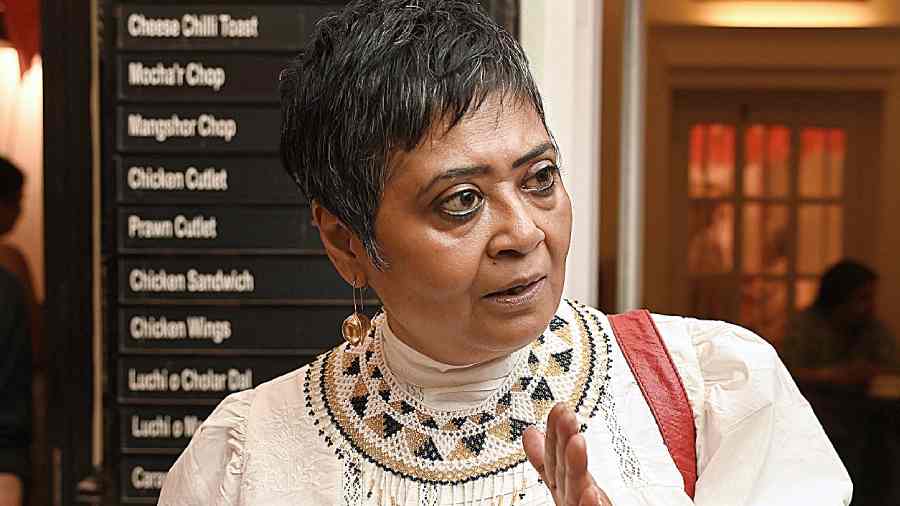
“It was a stimulating conversation because it was easy to understand what she was doing, why she was doing and what were the goals of doing it. It is exclusive yet the price points are not something that one cannot afford. How she democratised her brand with the community and with the audience is fascinating. There is everydayness in the print yet democratising the print,” said Ratnaboli Ray
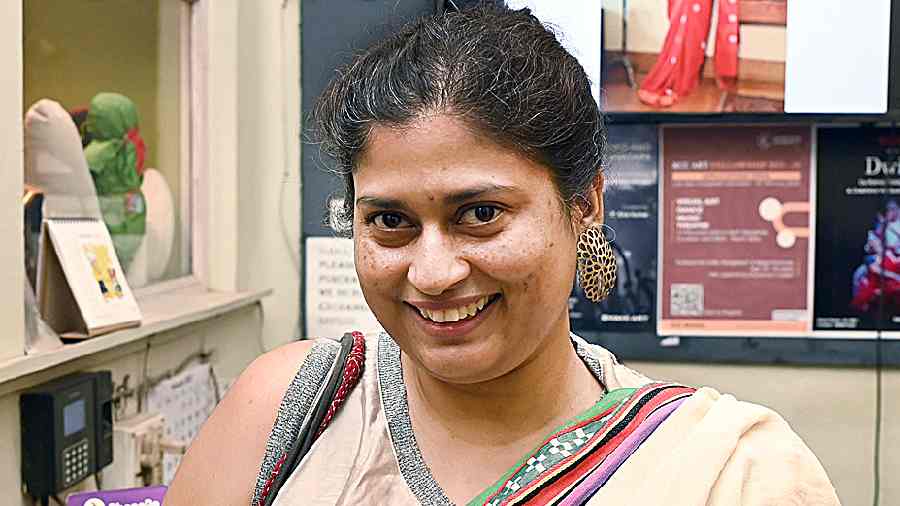
“I felt it is a very grounded initiative. How Meeta started and became a mentor of the family is interesting to know. The initial 20 years when she developed her work is something we miss from the fast fashion world, so it is a big learning for us. The design students can learn to slow down. It is also about growing with the community,” said Ahana Majumder.

“I thought the conversation was phenomenal. What interested me was Meeta did something that brings her joy and printing brought her joy and more than that it is about staying connected with a community,” said Anita Gopalswamy, who surprised Meeta by bringing a picture of his son wearing Meeta’s designs as a child.
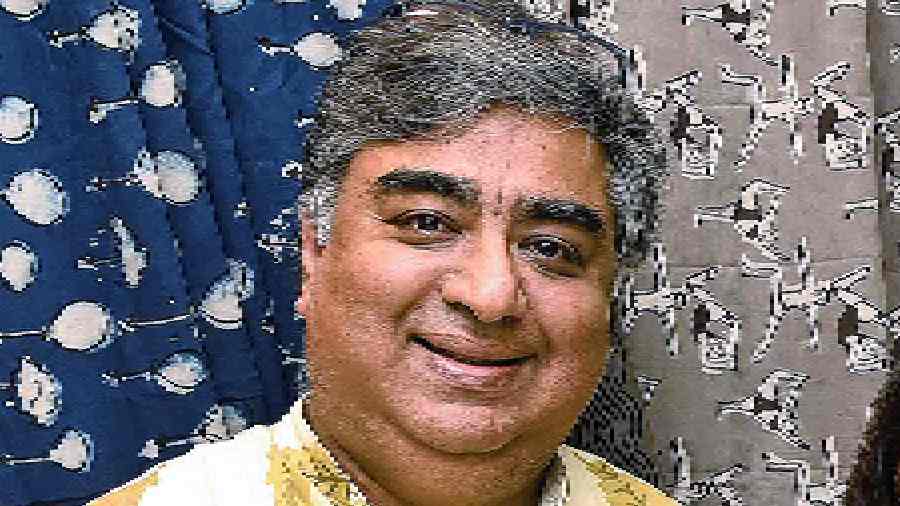
“For the third chapter, we got people coming in when we advertised on Facebook. It is an insight into the work process. We probably buy a lot from outside but we rarely get to see and feel the work ethics and the amount of hard work and passion that goes into it. Byloom is dedicated to handmade and we want to uphold people that are making a difference in the community and market by putting in their entire effort and attempting to recreate and survive the craft. The are many crafts in India. Our idea is to bring people from different parts of the country to show diversity. We wear a lot of prints but don’t know if it is dabuor shibori. First of all, it is educational and number two it is to expose people so that they understand better. They will know what is a dabu and what is not a dabu. Purpose of Spinning Yarns is to create education for people who will buy handwoven and help the community,” said Bappaditya Biswas, partner and designer, Byloom.
